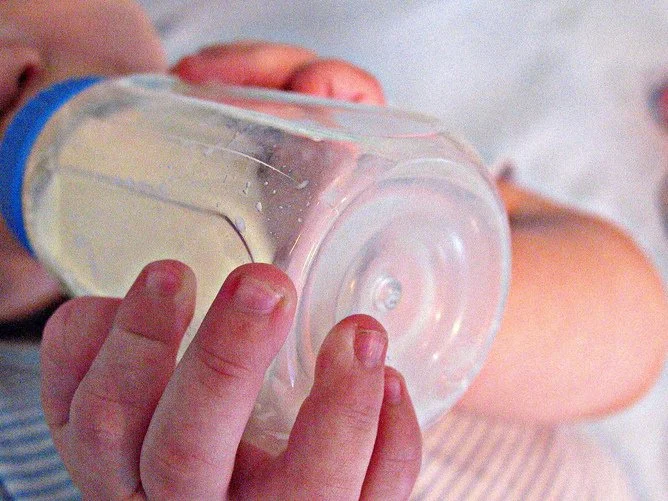
The Vireo Advisors blog brings you the latest news and developments in safe, sustainable and bio-based materials and products including novel foods and sustainable nanomaterials.
UN Sustainable Development Goals (SDGs): A Call to Action to End Poverty and Protect our Planet
The UN Sustainable Development Goals (SDGs) are a call to action to end poverty and protect our planet. At Vireo Advisors we continue to support safe commercialization of these sustainable alternatives
The Alliance for Pulp & Paper Technology Innovation Hosts Webinar Series: “Biobased Materials for Advanced Manufacturing”
The Alliance for Pulp & Paper Technology Innovation (APPTI) has organized a webinar series entitled “Biobased Materials for Advanced Manufacturing” to highlight the nanocellulose research being conducted by Oak Ridge National Laboratory, the University of Maine, and 20+ industrial partners under their multi-year $40 million bio-derived materials research collaboration funded by the Department of Energy.
Cell-cultured breastmilk: scientists want to give formula-fed babies another option
Researchers in the field of cellular agriculture are working to create cell-cultured breastmilk to serve as an alternative to formulas based on cows’ milk.
This new biodegradable glitter is made entirely from plants
Researchers at the University of Cambridge have created a cellulose-based glitter which is sustainable and biodegradable.
Vireo Advisors, LLC and collaborators publish review paper: “Food safety considerations and research priorities for the cultured meat and seafood industry”
Vireo Advisors in collaboration with New Harvest, IFF, and Mosa Meat have published a landmark publication reviewing the state of the science in safety of cell cultured meat and seafood products. As an initial step toward a thorough demonstration of safety, this review identifies hazards that could be introduced during manufacturing, evaluates applicability of existing safety assessment approaches, and highlights research priorities that could support safe commercialization.





